Home>Furniture & Design>Interior Design Trends>What Is A Stained Glass Window
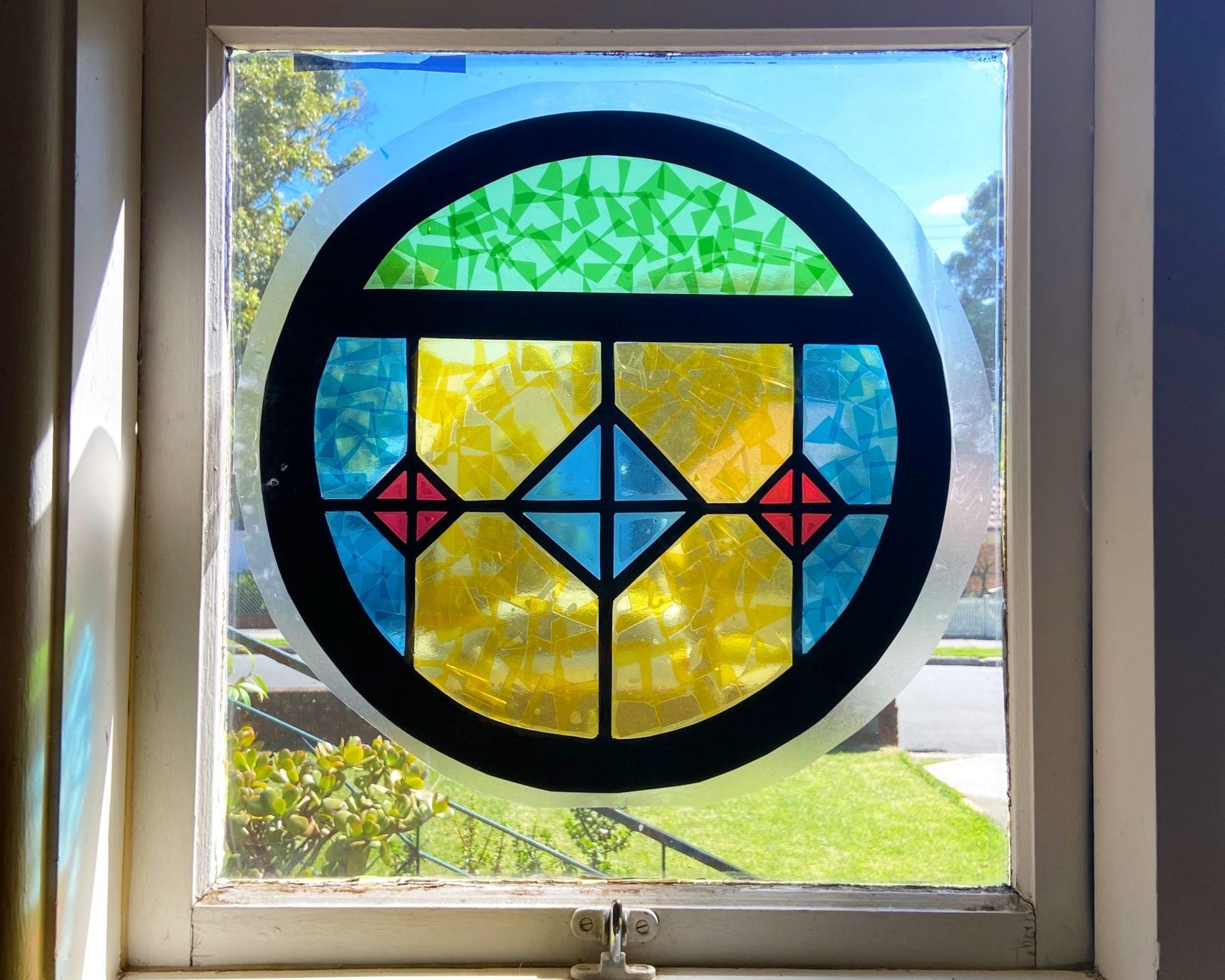

Interior Design Trends
What Is A Stained Glass Window
Published: February 7, 2024
Discover the timeless beauty of stained glass windows and how they can elevate your interior design. Explore the latest trends in interior design with stained glass windows.
(Many of the links in this article redirect to a specific reviewed product. Your purchase of these products through affiliate links helps to generate commission for Storables.com, at no extra cost. Learn more)
Introduction
Stained glass windows are not merely decorative elements adorning the facades of churches, cathedrals, and historical buildings; they are exquisite works of art that have stood the test of time. These captivating windows have a rich history, intricate craftsmanship, and profound symbolism that have fascinated people for centuries.
The allure of stained glass windows lies in their ability to transform sunlight into a mesmerizing display of vibrant colors and ethereal patterns. Whether depicting religious narratives, historical events, or abstract designs, these windows serve as captivating focal points, infusing spaces with a sense of grandeur and spirituality.
From the grand cathedrals of Europe to the humble chapels in remote villages, stained glass windows have left an indelible mark on architectural history. Their timeless beauty and enduring appeal continue to captivate art enthusiasts, historians, and visitors alike, drawing them into a world where light and color converge to create awe-inspiring masterpieces.
As we delve into the history, craftsmanship, symbolism, and preservation of stained glass windows, we embark on a journey that unveils the intricate artistry and cultural significance encapsulated within these magnificent creations. Let us explore the evolution of stained glass windows, from their humble beginnings to their enduring legacy, and discover the stories they tell and the emotions they evoke.
Key Takeaways:
- Stained glass windows are more than just decorative; they are captivating works of art with a rich history, intricate craftsmanship, and profound symbolism that continue to inspire and enchant people worldwide.
- The creation, symbolism, and preservation of stained glass windows reflect the enduring power of art to transcend time, communicate profound narratives, and elevate the human spirit through the interplay of light, color, and creativity.
Read more: How Are Stained Glass Windows Made
History of Stained Glass Windows
The history of stained glass windows is a tapestry woven with threads of artistic innovation, religious devotion, and architectural splendor. Dating back to the 7th century, these mesmerizing windows have evolved from simple colored glass pieces to elaborate, narrative-rich compositions that adorn the most revered structures in the world.
Stained glass windows first emerged in the early Christian churches of Europe, where they served as visual representations of biblical stories and religious teachings for an often illiterate congregation. The earliest surviving examples, found in the Augsburg Cathedral in Germany, date back to the 11th century and showcase the rudimentary yet captivating nature of early stained glass craftsmanship.
During the Gothic era, from the 12th to the 16th century, stained glass windows reached the zenith of their artistic expression. Cathedrals such as Chartres, Notre-Dame, and Sainte-Chapelle in France became veritable showcases of this art form, with towering windows depicting intricate scenes from the Bible, the lives of saints, and the grandeur of celestial realms. The mastery of glassmakers and artisans during this period resulted in windows that seemed to transcend earthly limitations, bathing the interiors of these sacred spaces in a celestial glow.
The Renaissance period brought a shift in the style and subject matter of stained glass windows. While still prevalent in religious settings, they also found their way into secular buildings, reflecting the evolving tastes and interests of society. The Baroque and Rococo periods further embellished stained glass windows with ornate details and elaborate designs, showcasing the versatility of this art form in adapting to changing artistic sensibilities.
The Industrial Revolution and modern advancements in glass production techniques brought about a resurgence of interest in stained glass windows, leading to a revival of traditional craftsmanship and the creation of contemporary masterpieces. Today, stained glass windows continue to adorn churches, public buildings, and private residences, preserving the legacy of this ancient art form while embracing innovative techniques and designs.
The history of stained glass windows is a testament to the enduring power of art to transcend time, communicate profound narratives, and elevate the human spirit through the interplay of light, color, and creativity. As we admire these windows, we are not merely witnessing history; we are enveloped in the timeless beauty of a craft that has left an indelible mark on the world's architectural and artistic heritage.
How Stained Glass Windows Are Made
The creation of stained glass windows is a meticulous and labor-intensive process that requires a harmonious blend of artistic vision, technical skill, and unwavering patience. From the initial design concept to the final installation, each step in the production of stained glass windows is imbued with a sense of reverence for tradition and a commitment to preserving the time-honored techniques that have defined this art form for centuries.
Design and Pattern Creation
The journey of crafting a stained glass window begins with a compelling design concept that encapsulates the intended narrative, symbolism, and aesthetic appeal. Whether inspired by religious motifs, natural elements, or abstract compositions, the design serves as the blueprint for the entire creative process.
Once the design is finalized, it is translated into a detailed pattern that outlines the placement of individual glass pieces and the intricate lead lines that will define the composition. This pattern, often drawn at full scale, serves as a guide for the glass cutting and assembly stages, ensuring precision and cohesion in the final artwork.
Glass Selection and Cutting
The selection of glass is a critical aspect of creating stained glass windows, as it determines the color palette, texture, and translucency of the finished piece. Artisans carefully choose from a diverse array of colored and textured glass sheets, each possessing unique qualities that contribute to the visual impact of the window.
Using the pattern as a reference, the glass is meticulously cut into individual pieces, each tailored to fit a specific section of the design. This delicate process demands precision and finesse, as even the slightest deviation from the intended shape can disrupt the overall harmony of the composition.
Read more: How To Install Stained Glass Window
Assembly and Soldering
With the individual glass pieces cut and shaped, the assembly phase commences, wherein the pieces are arranged according to the pattern and held together by strips of lead known as "came." The lead came not only provides structural support but also delineates the contours of the design, accentuating the interplay of light and shadow within the artwork.
Once the glass pieces are snugly encased within the lead came, the joints are meticulously soldered to secure the entire assembly. This intricate soldering process demands a steady hand and a keen eye for detail, as the seamless fusion of lead and solder ensures the structural integrity and visual coherence of the stained glass window.
Finishing Touches and Installation
After the soldering is complete, the stained glass window undergoes a meticulous cleaning and polishing process to reveal its full radiance. Any excess flux and residues are carefully removed, allowing the vibrant colors and intricate details to shine with unparalleled brilliance.
Upon completion, the stained glass window is ready for installation, where it will find its rightful place in a sacred or secular setting, captivating viewers with its transcendent beauty and timeless allure. Whether adorning a grand cathedral, a historic mansion, or a contemporary architectural marvel, the stained glass window stands as a testament to the enduring legacy of an art form that continues to inspire and enchant generations.
The creation of stained glass windows is a labor of love, a symphony of craftsmanship and creativity that honors tradition while embracing innovation. As we marvel at these exquisite windows, we are reminded of the profound dedication and artistry that converge to transform humble materials into transcendent works of art.
Symbolism in Stained Glass Windows
Stained glass windows serve as captivating canvases for the portrayal of profound symbolism, weaving together visual narratives that transcend language and time. Each element within these intricate compositions carries symbolic significance, inviting viewers to delve into layers of meaning and interpretation. From religious allegories to representations of natural elements, the symbolism embedded in stained glass windows enriches the visual experience and imparts profound messages to those who behold them.
Religious Symbolism
In religious contexts, stained glass windows are often adorned with symbols that convey spiritual truths and narratives from sacred texts. Biblical figures, such as saints and prophets, are depicted with distinct attributes and gestures that convey their virtues and roles within the faith. The use of vibrant colors, such as gold symbolizing divinity and red representing sacrifice, imbues the windows with layers of theological significance, inviting contemplation and reverence.
Read more: How To Remove Stains From Glass Windows
Natural and Allegorical Symbolism
Beyond religious motifs, stained glass windows often incorporate natural elements and allegorical symbols to convey universal truths and moral teachings. The depiction of flora and fauna, celestial bodies, and elemental forces serves as a metaphorical language, evoking themes of renewal, resilience, and the interconnectedness of all creation. These symbols resonate with viewers on a primal level, fostering a sense of harmony and interconnectedness with the natural world.
Architectural and Geometric Symbolism
The architectural design and geometric patterns found in stained glass windows also carry symbolic weight, reflecting the order and harmony inherent in divine creation. Intricate tracery, rose windows, and labyrinthine designs evoke a sense of cosmic order and spiritual ascent, inviting contemplation and meditation. The interplay of light and form within these geometric compositions creates a transcendent atmosphere, inviting viewers to immerse themselves in a visual journey of spiritual introspection.
Cultural and Historical Symbolism
Stained glass windows often bear the imprint of cultural and historical symbolism, reflecting the values, aspirations, and collective memory of the communities that commissioned them. Heraldic symbols, emblems of guilds and fraternities, and scenes depicting historical events serve as a testament to the enduring legacy of a particular era, offering insights into the social, political, and artistic milieu of the time.
In essence, the symbolism in stained glass windows transcends mere decoration, serving as a profound language of visual storytelling that resonates with viewers on a spiritual, emotional, and intellectual level. As we gaze upon these magnificent windows, we are invited to decipher the hidden meanings and timeless truths they encapsulate, enriching our understanding of the human experience and the enduring power of art to communicate profound narratives across generations.
Famous Stained Glass Windows around the World
Stained glass windows have left an indelible mark on architectural history, adorning iconic structures around the world with their mesmerizing beauty and profound narratives. From the grand cathedrals of Europe to modern marvels, these famous windows stand as testaments to the enduring legacy of this ancient art form.
The Rose Window of Notre-Dame Cathedral, Paris
One of the most renowned stained glass windows in the world, the Rose Window of Notre-Dame Cathedral in Paris captivates visitors with its intricate tracery and vibrant hues. Comprising 84 individual panels, this masterpiece depicts biblical scenes and celestial motifs, bathing the cathedral's interior in a kaleidoscope of ethereal light.
The Stained Glass of Sainte-Chapelle, Paris
Sainte-Chapelle, a gem of Gothic architecture, houses a breathtaking ensemble of stained glass windows that adorn its upper chapel. These towering windows, renowned for their luminous beauty and intricate storytelling, depict the biblical narrative from Genesis to the Crucifixion, inviting visitors into a transcendent world of color and spirituality.
The Windows of Chartres Cathedral, France
Chartres Cathedral boasts a stunning collection of medieval stained glass windows, renowned for their vibrant hues and masterful storytelling. These windows, dating back to the 12th and 13th centuries, showcase a rich tapestry of biblical narratives, saints' lives, and allegorical motifs, enveloping the cathedral in a radiant symphony of light and faith.
The Peace Chapel Windows, Hiroshima, Japan
A testament to the universal language of stained glass art, the Peace Chapel in Hiroshima features a poignant series of stained glass windows that convey messages of hope, resilience, and peace. Created by artist Ikuo Hirayama, these windows serve as a powerful tribute to the victims of the atomic bombing, offering solace and inspiration through their evocative imagery.
The Great West Window of York Minster, England
The Great West Window of York Minster stands as a monumental example of medieval stained glass artistry, renowned for its grandeur and intricate details. Depicting scenes from the Apocalypse and the Last Judgment, this awe-inspiring window mesmerizes visitors with its vivid colors and profound narrative, embodying the timeless allure of stained glass craftsmanship.
The Stained Glass of Cologne Cathedral, Germany
Cologne Cathedral boasts a magnificent array of stained glass windows, including the renowned South Transept Window, which depicts the life of Christ in a series of captivating panels. These windows, crafted over centuries, showcase the evolution of stained glass artistry and its enduring impact on the spiritual and aesthetic ambiance of the cathedral.
From the grandeur of European cathedrals to the poignant narratives of modern installations, these famous stained glass windows stand as timeless testaments to the enduring power of this art form to inspire, uplift, and transcend cultural boundaries. Each window tells a unique story, weaving together threads of history, faith, and artistic ingenuity, inviting viewers to immerse themselves in a world of transcendent beauty and profound meaning.
Maintenance and Restoration of Stained Glass Windows
Maintaining the timeless allure and structural integrity of stained glass windows requires a dedicated approach to preservation and restoration. These exquisite works of art, often centuries old, demand meticulous care and attention to ensure their continued splendor for future generations to admire.
Regular Maintenance
Routine maintenance forms the cornerstone of preserving stained glass windows. Regular inspections, conducted by skilled conservators, allow for the early detection of any signs of deterioration, such as cracked or loose glass pieces, degraded lead came, or weather-related damage. Cleaning the windows with gentle, non-abrasive techniques helps remove accumulated dirt and grime, restoring their luminous brilliance.
Protective Glazing
In certain cases, the installation of protective glazing can shield stained glass windows from environmental hazards, such as inclement weather, air pollution, and potential vandalism. This additional layer of defense safeguards the delicate glass and lead came, mitigating the risk of damage and prolonging the windows' longevity.
Restoration Process
When stained glass windows exhibit signs of significant wear or damage, restoration becomes imperative to ensure their continued preservation. Skilled artisans and conservators meticulously document the window's condition before embarking on the restoration process. This involves carefully disassembling the window, cleaning each glass piece, and replacing any damaged or deteriorated components with precision and respect for the original craftsmanship.
Historical Research
Incorporating historical research into the restoration process is essential for maintaining the authenticity and integrity of stained glass windows. Understanding the original techniques, materials, and artistic intent allows conservators to make informed decisions that honor the window's heritage while addressing structural issues and aesthetic concerns.
Documentation and Maintenance Records
Thorough documentation of the restoration process, including detailed photographs, condition reports, and archival research, ensures a comprehensive record of the window's journey. This documentation serves as a valuable resource for future conservation efforts and provides insights into the window's evolution over time.
Read more: How To Stain A Glass
Community Engagement
Engaging the local community in the maintenance and restoration of stained glass windows fosters a sense of stewardship and appreciation for these cultural treasures. Educational initiatives, public tours, and outreach programs can raise awareness about the significance of stained glass windows and garner support for their ongoing preservation.
Ongoing Care and Preservation
Once restored, stained glass windows require ongoing care and monitoring to safeguard their integrity. Implementing preventive conservation measures, such as regular cleaning, environmental monitoring, and protective glazing, helps mitigate potential risks and ensures the windows' enduring beauty for generations to come.
The meticulous maintenance and thoughtful restoration of stained glass windows are essential endeavors that honor the artistry and cultural significance encapsulated within these timeless creations. By embracing a holistic approach to preservation, we can safeguard these irreplaceable windows, allowing their transcendent beauty to continue illuminating the world for centuries to come.
Conclusion
In conclusion, stained glass windows stand as timeless testaments to the enduring power of art to transcend time, communicate profound narratives, and elevate the human spirit through the interplay of light, color, and creativity. From their humble origins in early Christian churches to their exalted status as iconic features of grand cathedrals and historic buildings, stained glass windows have woven a rich tapestry of history, craftsmanship, and symbolism that continues to captivate and inspire.
The journey through the history of stained glass windows unveils the evolution of this art form, from its early manifestations in medieval Europe to its enduring legacy in contemporary architectural marvels. The intricate craftsmanship and profound symbolism embedded within these windows serve as a testament to the enduring human desire to create and communicate stories that transcend generations and cultural boundaries.
The meticulous process of creating stained glass windows, from design and glass selection to assembly and installation, reflects a harmonious blend of artistic vision, technical skill, and unwavering dedication to preserving time-honored techniques. Each window bears the imprint of the artisans' creativity and commitment, inviting viewers into a world where light and color converge to create awe-inspiring masterpieces.
Furthermore, the symbolism encapsulated within stained glass windows transcends mere decoration, serving as a profound language of visual storytelling that resonates with viewers on a spiritual, emotional, and intellectual level. Whether conveying religious allegories, natural elements, or historical narratives, the symbolism within these windows enriches the visual experience and imparts profound messages to those who behold them.
As we reflect on the famous stained glass windows adorning iconic structures around the world, from the grand cathedrals of Europe to modern marvels, we are reminded of the universal appeal and enduring impact of this ancient art form. Each window tells a unique story, weaving together threads of history, faith, and artistic ingenuity, inviting viewers to immerse themselves in a world of transcendent beauty and profound meaning.
The meticulous maintenance and thoughtful restoration of stained glass windows are essential endeavors that honor the artistry and cultural significance encapsulated within these timeless creations. By embracing a holistic approach to preservation, we can safeguard these irreplaceable windows, allowing their transcendent beauty to continue illuminating the world for centuries to come.
In essence, stained glass windows transcend their role as architectural embellishments; they are living testaments to the enduring power of human creativity, spirituality, and the timeless allure of art to inspire, uplift, and transcend cultural boundaries. As we gaze upon these magnificent windows, we are invited to decipher the hidden meanings and timeless truths they encapsulate, enriching our understanding of the human experience and the enduring power of art to communicate profound narratives across generations.
Frequently Asked Questions about What Is A Stained Glass Window
Was this page helpful?
At Storables.com, we guarantee accurate and reliable information. Our content, validated by Expert Board Contributors, is crafted following stringent Editorial Policies. We're committed to providing you with well-researched, expert-backed insights for all your informational needs.

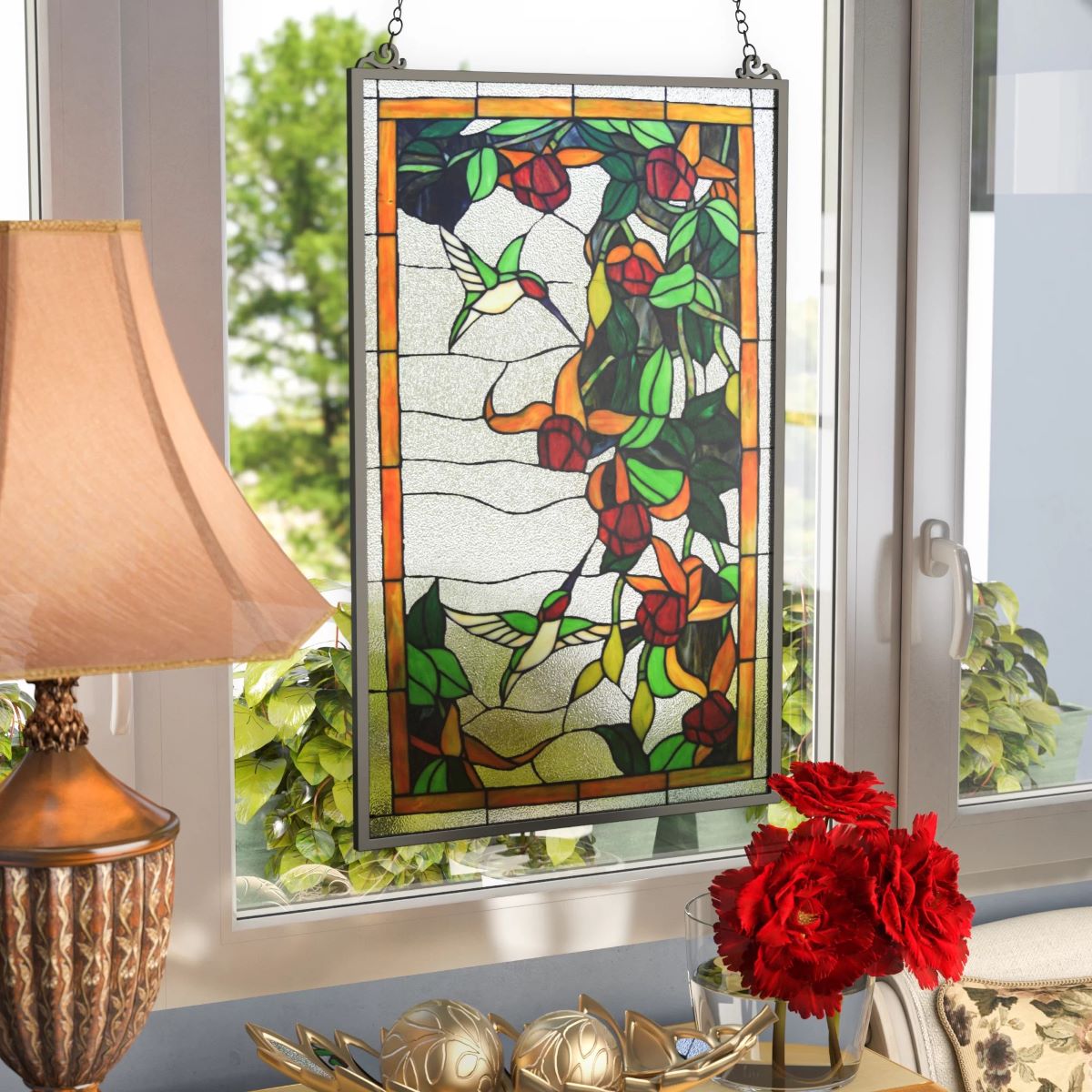


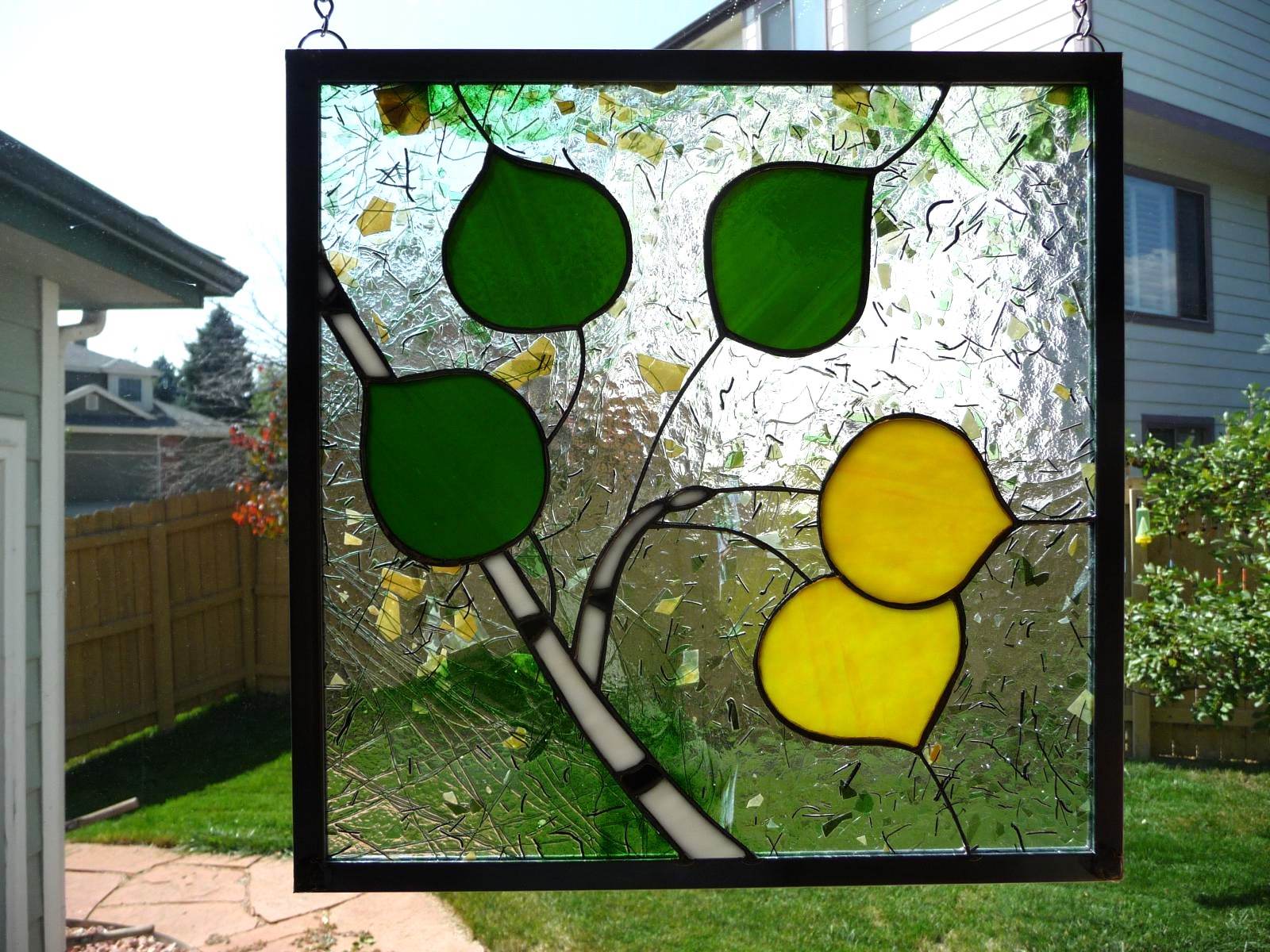

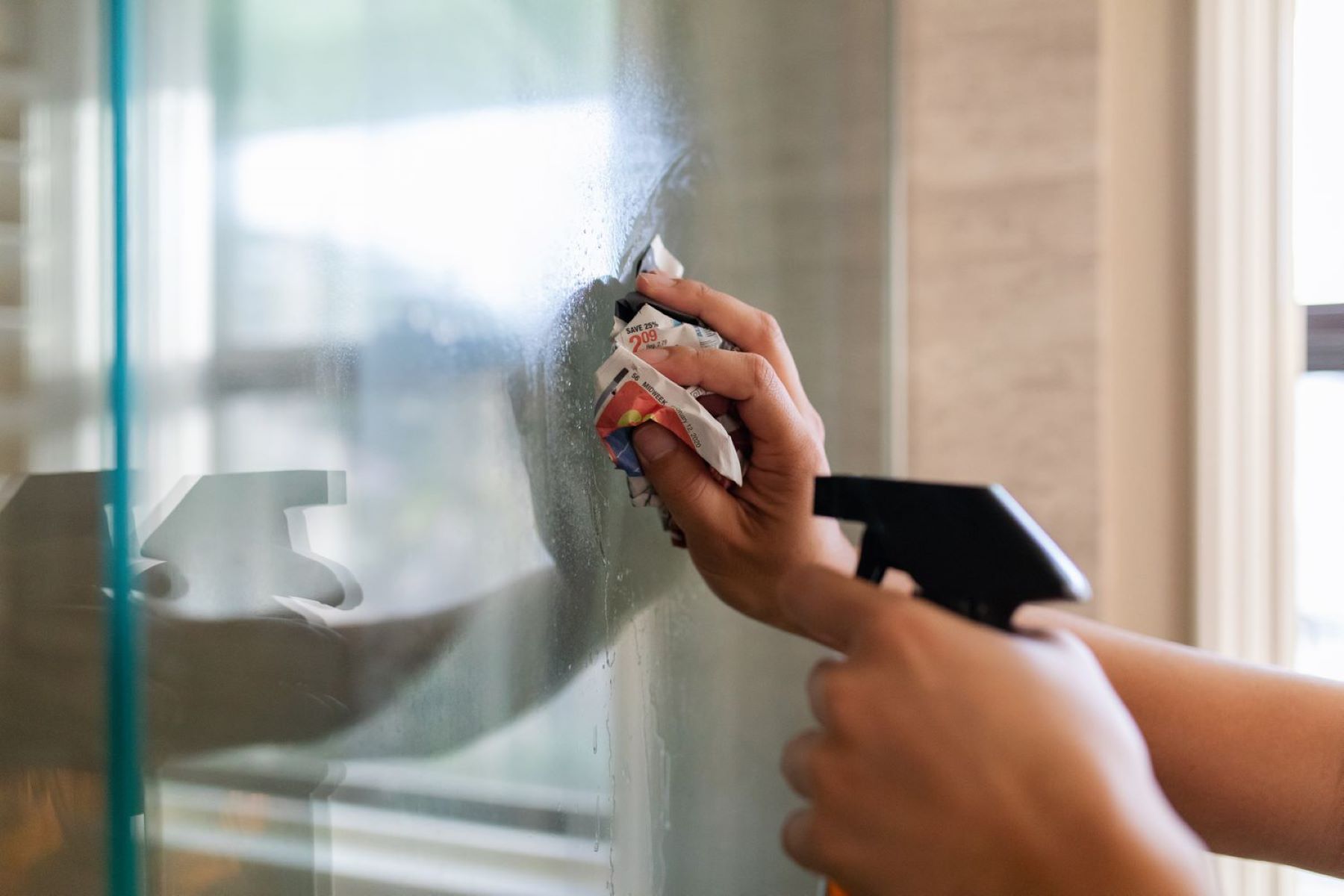
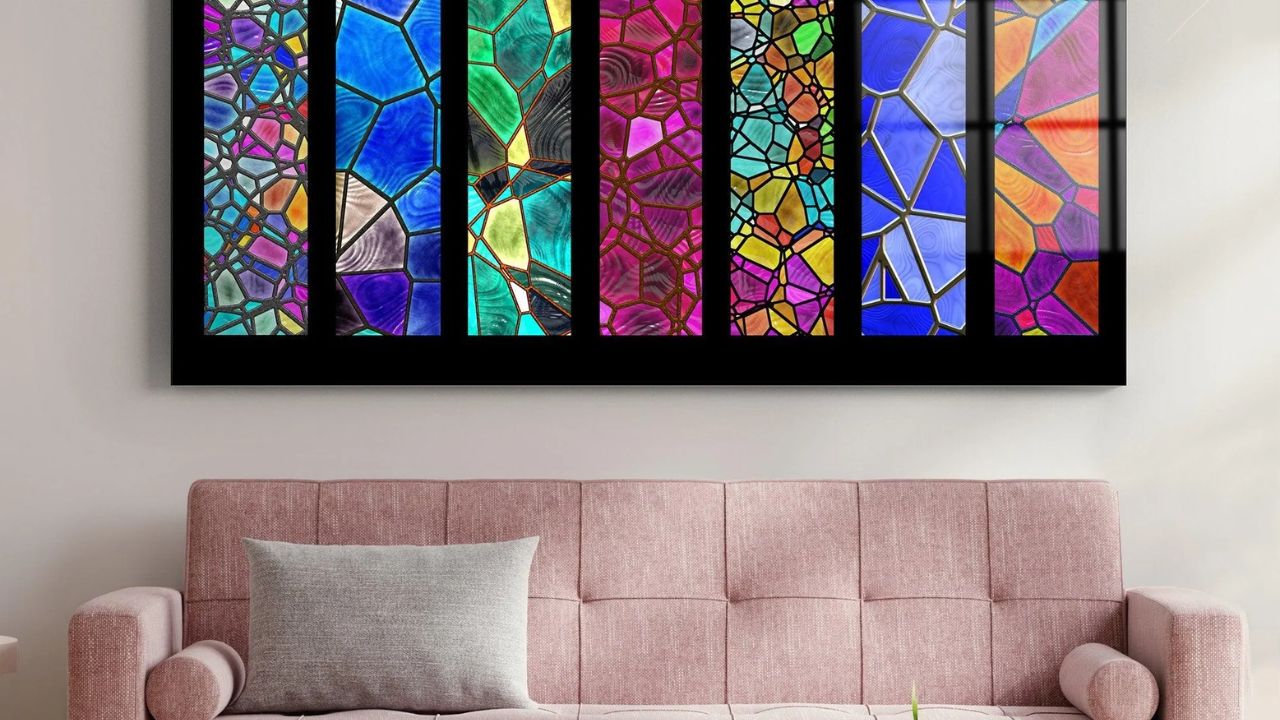
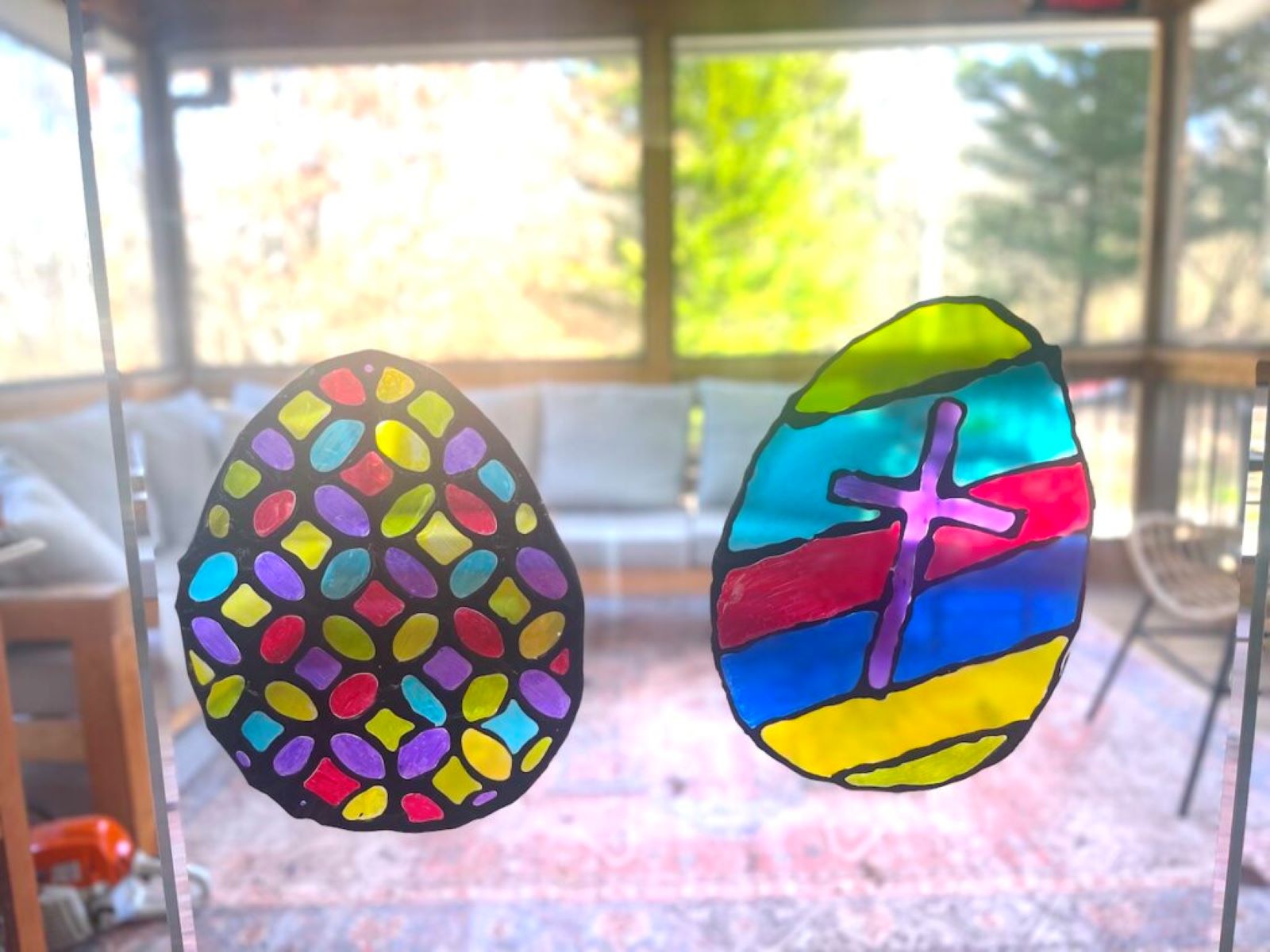

0 thoughts on “What Is A Stained Glass Window”